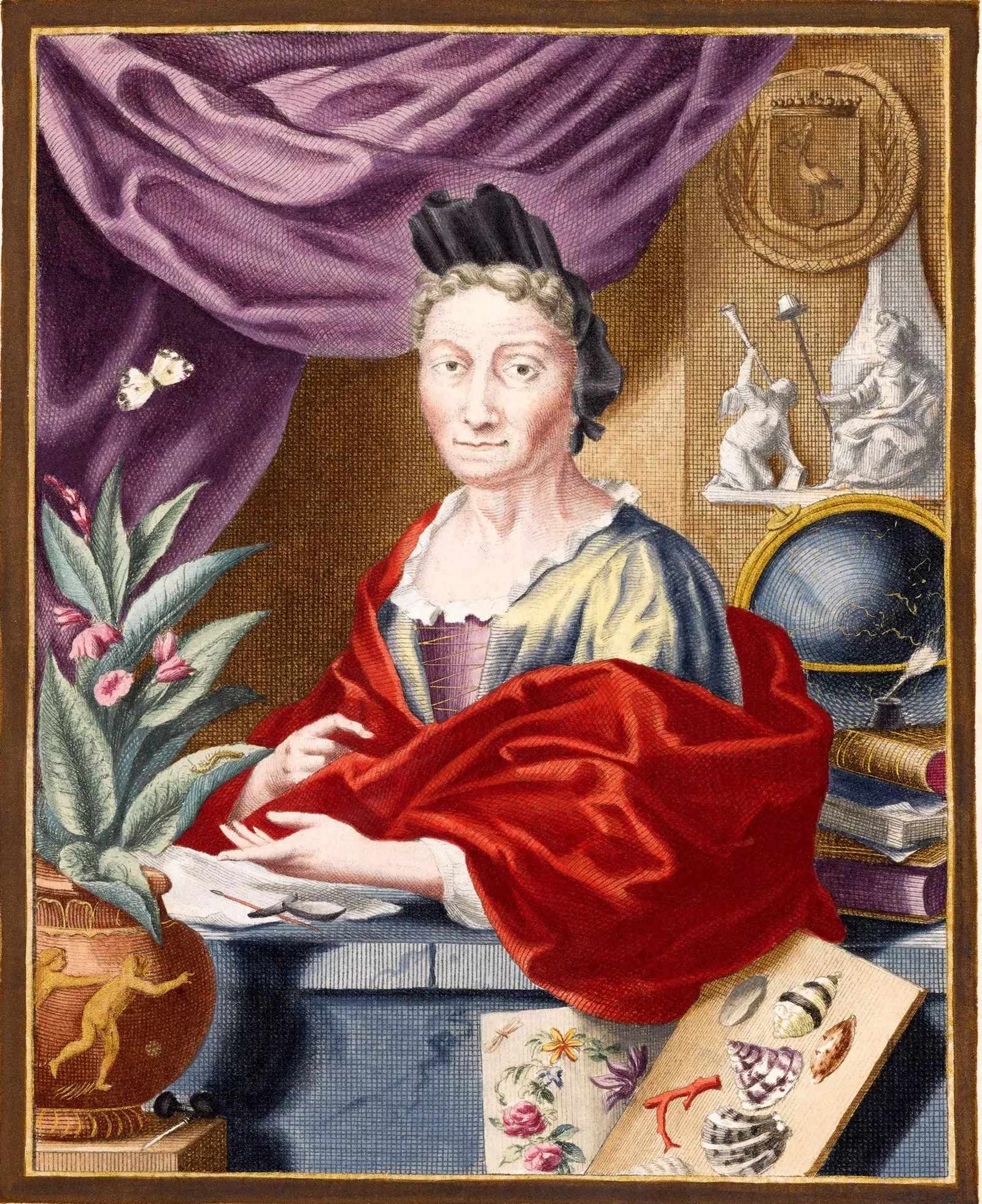
Maria Sibylla Merian: The Butterfly Lady's Journey
the german Maria Sibylla Merian she is one of those women which hardly anyone remembers. She one of the many forgotten by history, despite her g great achievements in the field of science . Instead, she is about the forerunner of modern entomology Well, without her contributions, back there, between the 17th and 18th centuries, this branch of zoology would not be what it is today.
It was in the 16th and 17th centuries, when the scientific revolution that gave rise to modern science began to take shape . After the voyages of conquest or evangelization of the previous centuries, now, important expeditions They roamed the seas in search of knowledge. Adventures in which women were generally excluded, as was also the case with universities and academies.
That was a time when, to understand nature, it had to be drawn. So that, to be a scientist, in part, you had to be an artist and skillful with brushes . Maria Sibylla Merian took this concept one step further and she got to make art with science.
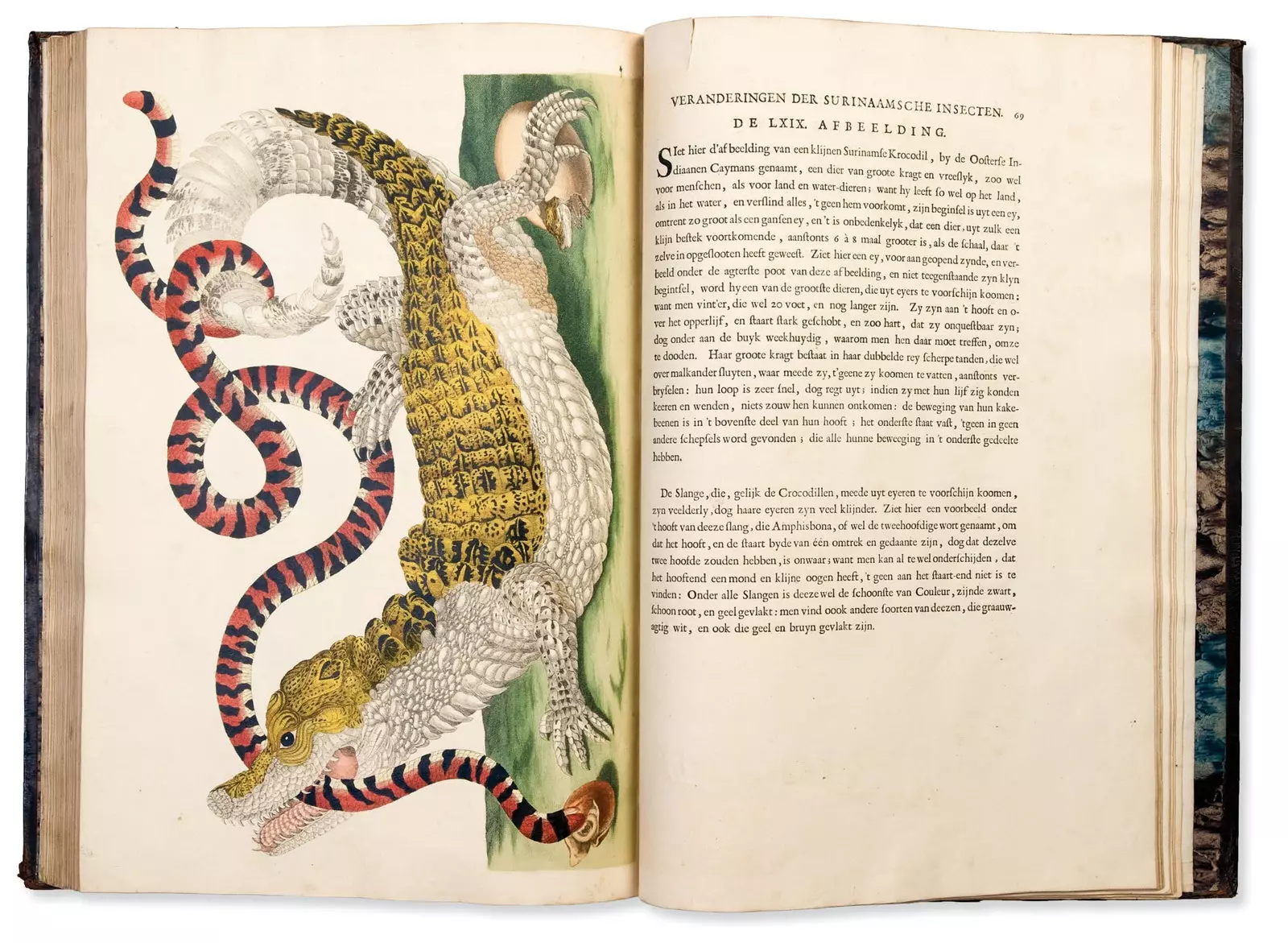
Maria Sibylla Merian managed to turn science into art
Born in Frankfurt, in 1647, Maria was the daughter of the well-known Swiss virtuoso engraver and publisher Matthäus Merian. her, so she, from a very young age, had a close contact with art. Matthäus was the owner of a prosperous publishing house specializing in Illustrated books with own engravings . In 1641, he published one of the first sets of engravings of flower species. Matthäus died when Maria was three years old.
Shortly after Matthäus's death, her widow, Johanna Sibylla Heim, married the still-life painter Jacob Marrel, who, like her father, knew how to recognize Maria's talent and taught her how to draw. and paint. Maria she learned techniques of drawing, mixing colors or engraving on copper plates to illustrate flowers, fruits, birds and even insects. -who had a very bad reputation, at that time, even coming to be considered evil creatures related to the devil himself-.
MARIA AND THE SPONTANEOUS GENERATION
This interest in insects was something out of the ordinary, since it was a time when people still believed, at face value, in the hypothesis of spontaneous generation, according to which some plants and animals; such as beetles, worms, larvae, caterpillars and even amphibians or mice They were formed by a mixture of decomposing organic matter and mud. This belief was deeply rooted since ancient times, since it was described by Aristotle and supported by authors such as René Descartes, Francis Bacon, Isaac Newton or Jan Baptiste van Helmont.
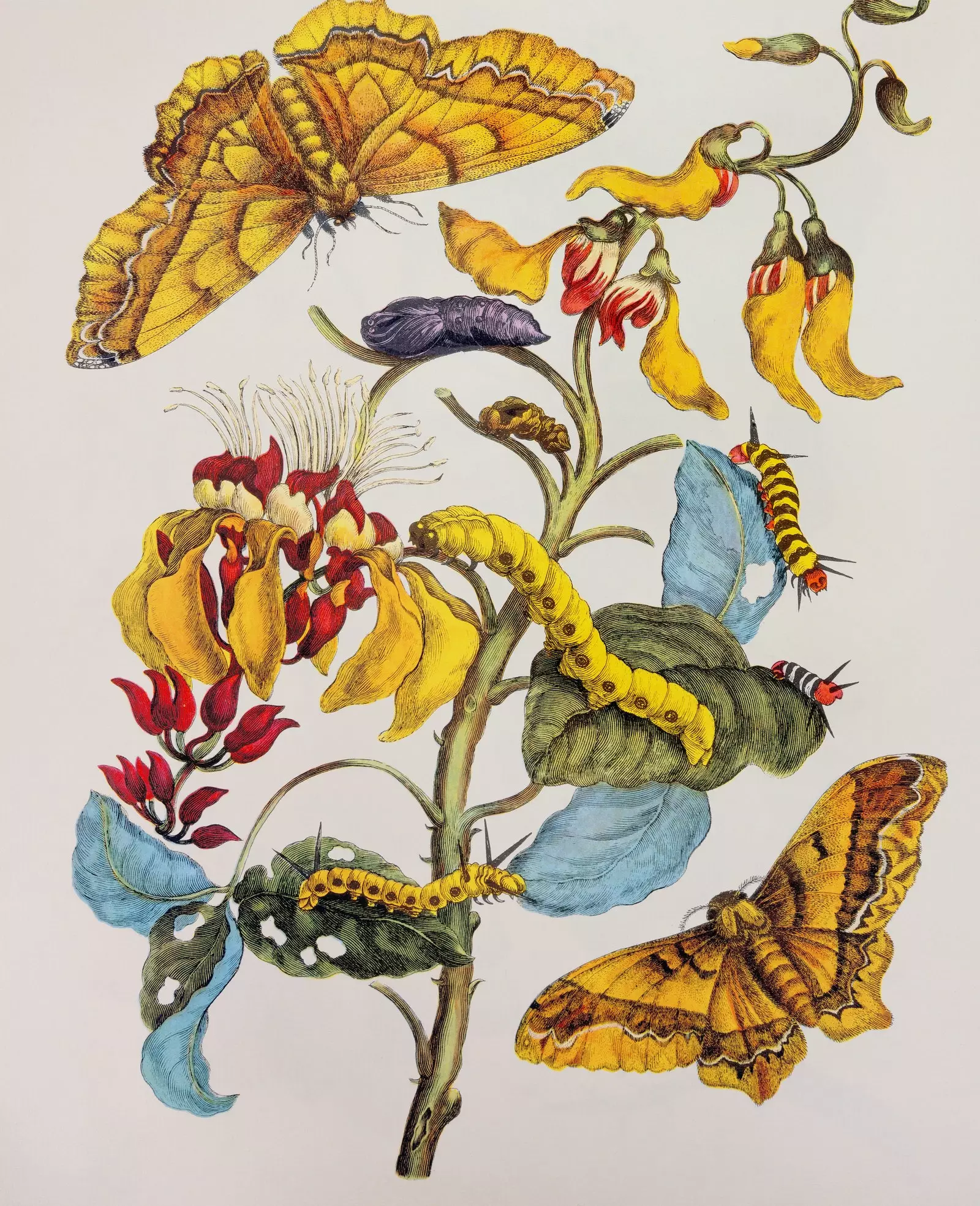
Insects were considered evil creatures related to the devil himself
During her adolescence, Maria became interested in something quite unusual among women in the 17th century. . A hobby that she would keep for life: collect and raise caterpillars at home to observe their transformation . In her own words, “ she withdrew from society and dedicated herself to these investigations ”To reproduce them in the first drawings of hers and watercolors of hers, where she captured different stages of her life cycle , already showing a great capacity for observation and artistic. Ella Maria used to capture and breed insects, but she not only contemplated this process, but also, she wrote down, in detail, in her notebook everything that she witnessed from her. "The only reliable approach to the study of natural phenomena is through observation," she wrote.
With her undeniable pictorial talent, Maria had all the necessary ingredients to become one of the great painters of her time. Nevertheless, curious, intrepid and passionate about nature and especially for the arthropods her, she combined art with science and became she is one of the greatest naturalists, explorers and one of the pioneers of modern entomology.
At the age of 18, she married the painter, engraver and apprentice of her stepfather, Johann Andreas Graff , with whom she had Johanna Helena. The family moved to Nuremberg , where the couple's second daughter was born, Dorothea Mary -with similar genes, both sisters also became two outstanding painters- It was there, in her new city, where she Maria undertook her own business adventure, she setting up her own workshop for apprentices -among which were her daughters and young students from wealthy families who gave her access to the best botanical gardens in the area-, where she experimented with various techniques and fabrics and developed a new type of watercolor capable of withstanding multiple washes without damaging the drawings.
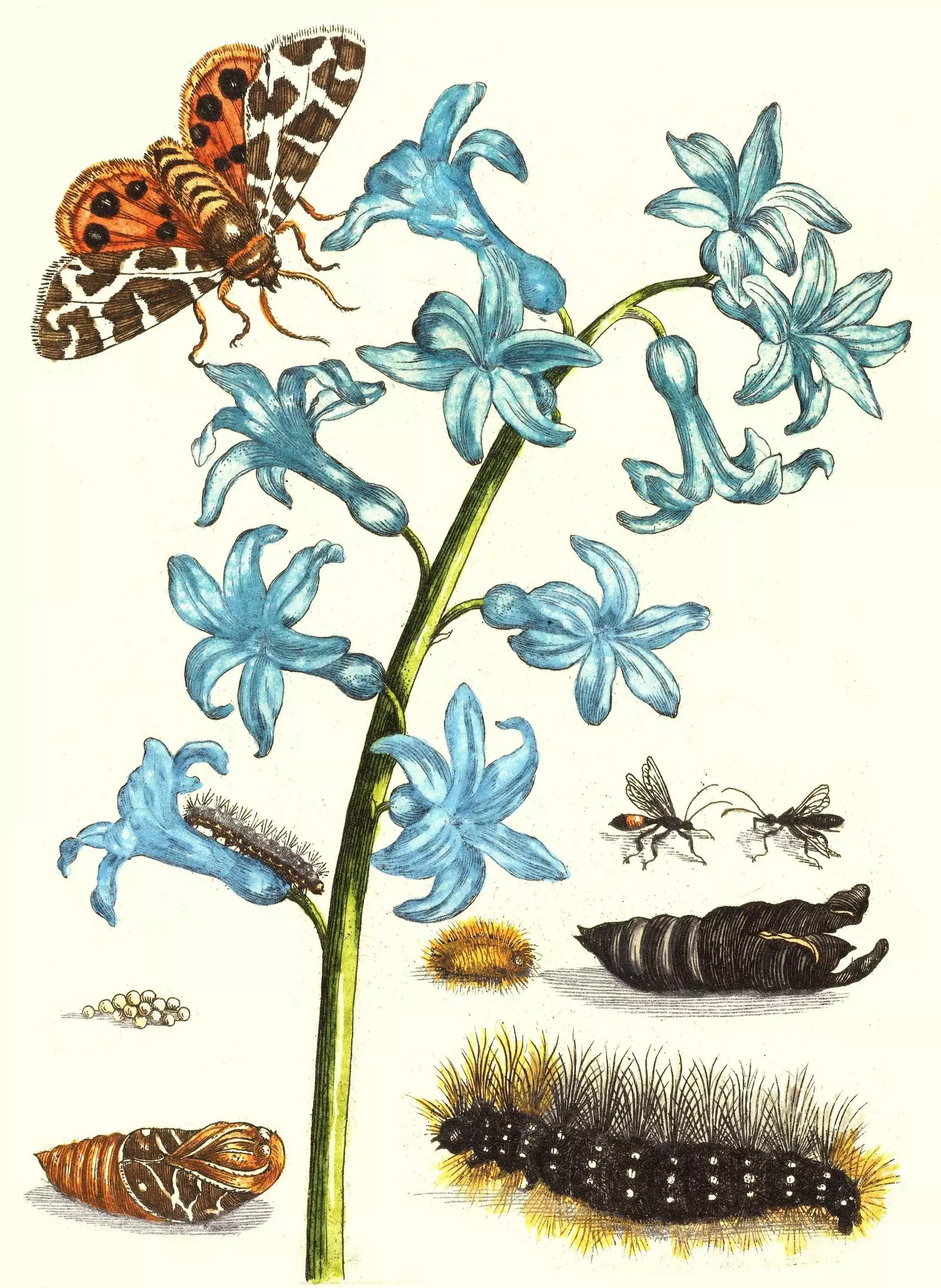
The metamorphosis of a moth, by Maria Sibylla Merian
THE WONDERFUL TRANSFORMATION OF THE CATERPILLARS
But Maria's interest went beyond her workshop and she knew how to organize her time to continue her research. Ignoring the theory of spontaneous generation she wondered how could small caterpillars become beautiful butterflies . She watched his reproduction, the details of the chrysalis, the process of metamorphosis Y how butterflies and moths emerged from the cocoons . She recorded and drew each stage in her sketchbook, concentrating on its biological transformation and not on represent the butterfly as a metaphor for the resurrection of the soul -something common in her time-. These studies led her to publish, in 1675, her first book Neues Blumenbuch (new flower book ), where only images of flowers are included. With this work, she provided designs for paintings and embroidery to the artists of the guild, in the hope of being able to take advantage of the new fashion for flowers that had settled in Europe at that time.
Her second book Der Raupen wunderbarer Verwandlung (The caterpillar, wonderful transformation and strange flower feeding ), appeared in 1679; after two decades of meticulous research on the metamorphosis of caterpillars. With this work, profusely illustrated with color prints, she shattered the widespread theory that these animals arose spontaneously from the mud and she made the first complete description of the life cycle of some insects and their ecological relationships with other plants and animals . Unlike her fellow scientists of her day, who merely classified species into separate categories, It was the first time that she photographed them together.
“I spent my time researching insects. At first, I started with silkworms in my hometown of Frankfurt. I noticed that other caterpillars produced beautiful butterflies or moths, and that silkworms did the same . This led me to collect all the caterpillars I could find to see how they changed”, she wrote in the foreword of this second work.
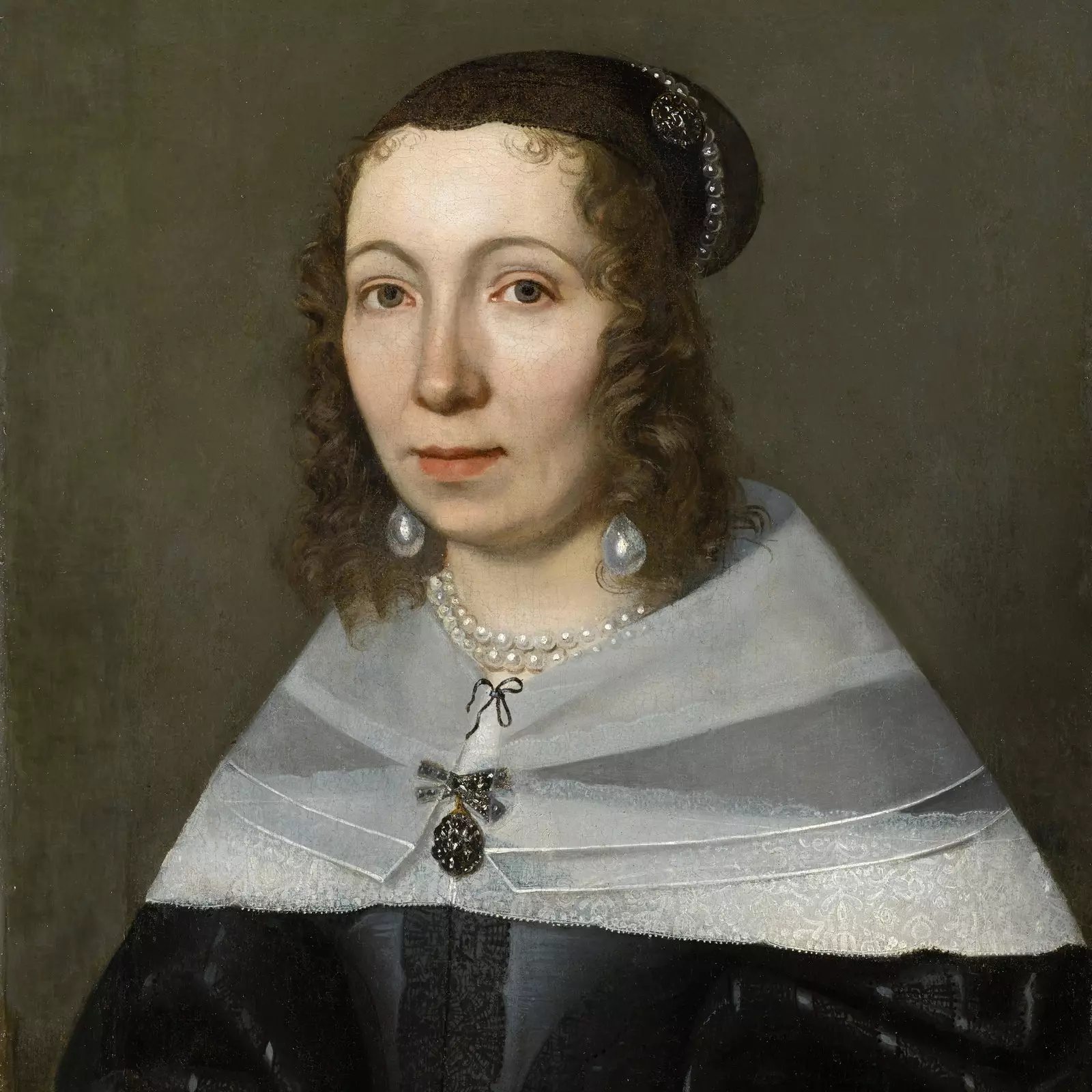
Portrait of Maria Sibylla Merian
THE METAMORPHOSIS OF THE INSECTS OF SURINAME
After a decade of marriage, in 1685, Maria separated from her husband, moved to the Netherlands, and there, together with her daughters and her brother-in-law, she joined the strict Labadist religious community –a colony made up of Puritan Protestants–. During her stay with this group, she stayed at the Waltha Castle, owned by Cornelis van Sommelsdijk , governor of Suriname -Dutch colony-, which allowed her to study the South American fauna and flora.
Her fascination with tropical nature meant that, in 1699, at the age of 52, Maria embarked, along with her daughter Dorothea de Ella, bound for the unknown Suriname ; where she spent two years collecting, studying, drawing and documenting plants and insects of the region, some of them never seen before. However, she fell ill with malaria and her investigations had to stop, being forced to return, hastily, to Holland.. Between 1701 and 1705, she made a series of copper engravings to illustrate the development of arthropods. arranged around the plants that she had found during her tropical trip. Thus, in 1705, she finally published her most outstanding work: Metamorphosis insectorum Surinamensium (Metamorphosis of the insects of Suriname).
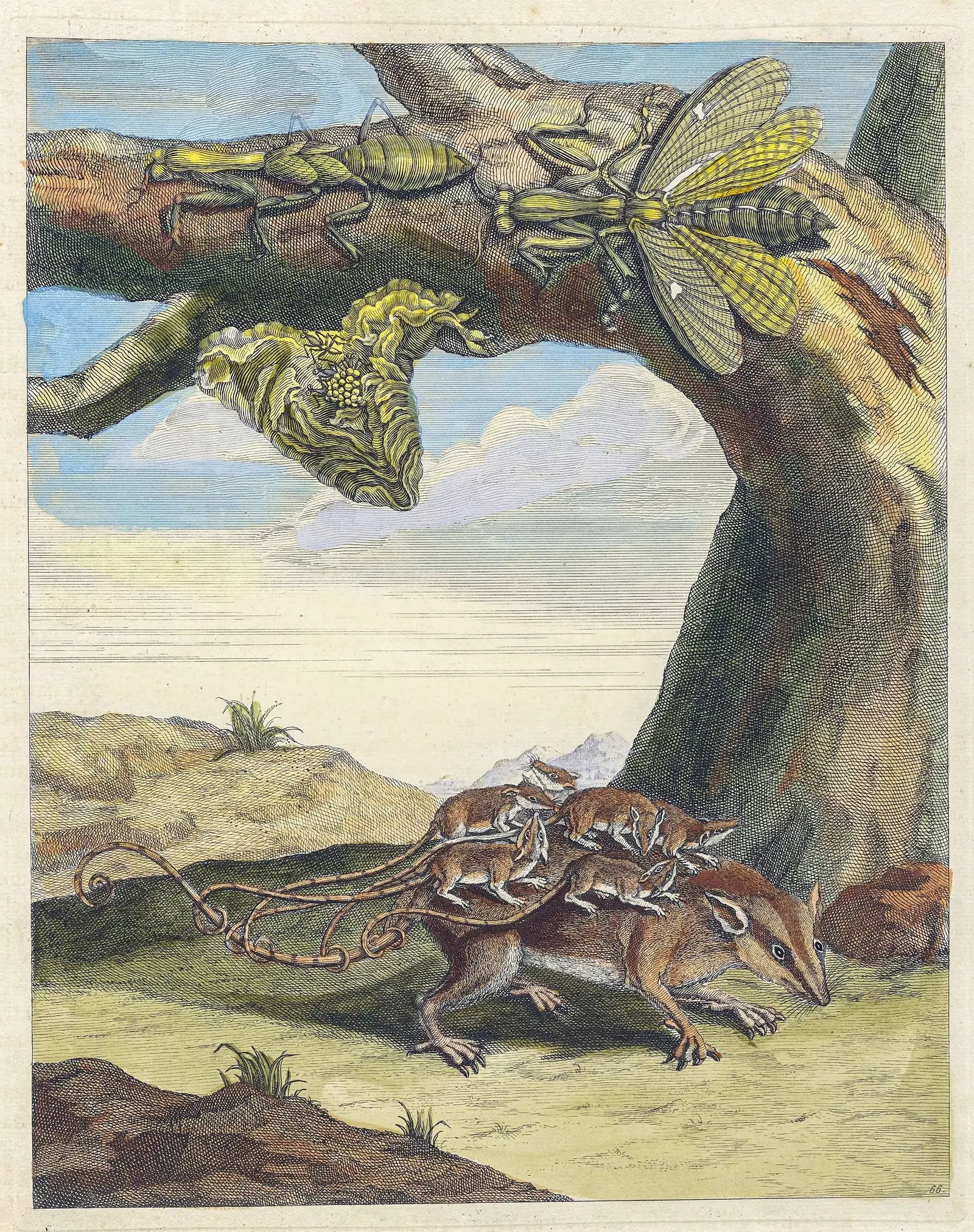
Illustration from "Metamorphoses of the Insects of Suriname", by Maria Sibylla Merian
A book, perfectly detailed and illustrated, through which the life of all kinds of animals and plants totally unknown in that part of the globe . The incredible watercolors that compose it fuse empirical observation with a visionary imagination. In this work she established a ecological composition , which would end up being very representative of her creations, combining images of insects with their habitat and their food source. Written in Dutch and Latin, this work was a sensation in the Old Continent and the first to expose the Natural History of that country; consecrating the German researcher as the first empirical entomologist, dedicated to the investigation of living insects.
Her stay in Suriname led the entomologist to observe, also, the local population, which included a large number of indigenous slaves and slaves brought from Africa, who worked on the settlers' sugar plantations. Maria made a brief direct reference to them in the text that accompanied one of her illustrations: “The Indians, whom their Dutch masters mistreat, they use the seeds to abort their children , so that they do not end up becoming slaves like them. Black slaves in Guinea and Angola have demanded to be treated well, threatening to refuse to have children . In fact, sometimes they decide to end their own lives due to the mistreatment, and because they believe that they will be reborn free in their own land. They themselves told me." In this passage, the entomologist talks about the injustices of slavery and colonialism , at the same time that she mentions the medicinal use of a type of plant by enslaved women, with the intention of having some kind of control over her body.
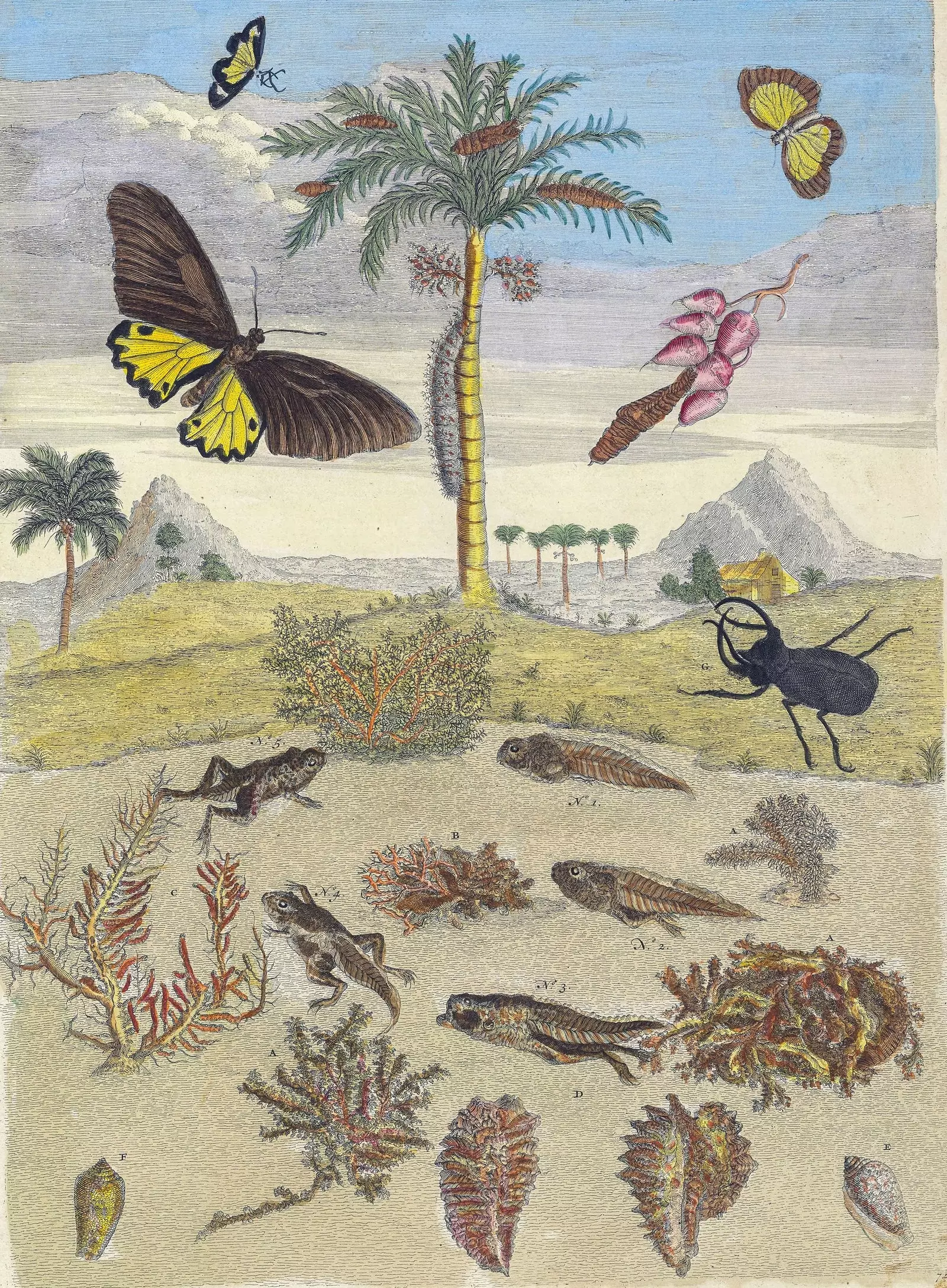
Suriname, through the eyes of Maria Sibylla Merian
A LEGACY FOR ART AND SCIENCE
In 1711, Maria suffered a stroke that left her partially paralyzed, however this did not prevent her from continuing her work until her death in 1717.
Her legacy was celebrated by many, including goethe , who stated that the entomologist was capable of moving "between art and science, between the observation of nature and artistic intention" or Händel, who composed his Concerto Grosso Op. 3, no. 2 of her Maria Sibylla Merian, in her honor . In spite of the recognition that she obtained from her in her time, with the later centuries all that dissipated. Her work was criticized as inaccurate and her writing was described as fanciful, including her insistence on the fact that spiders were able to eat birds. The last part of the 20th century had to come for her name to resonate again , being the illustrations of her pieces exquisite and highly valued collectibles . To this day, her observations are proven to be correct and her legacy paved the way for future zoological and ecological studies.
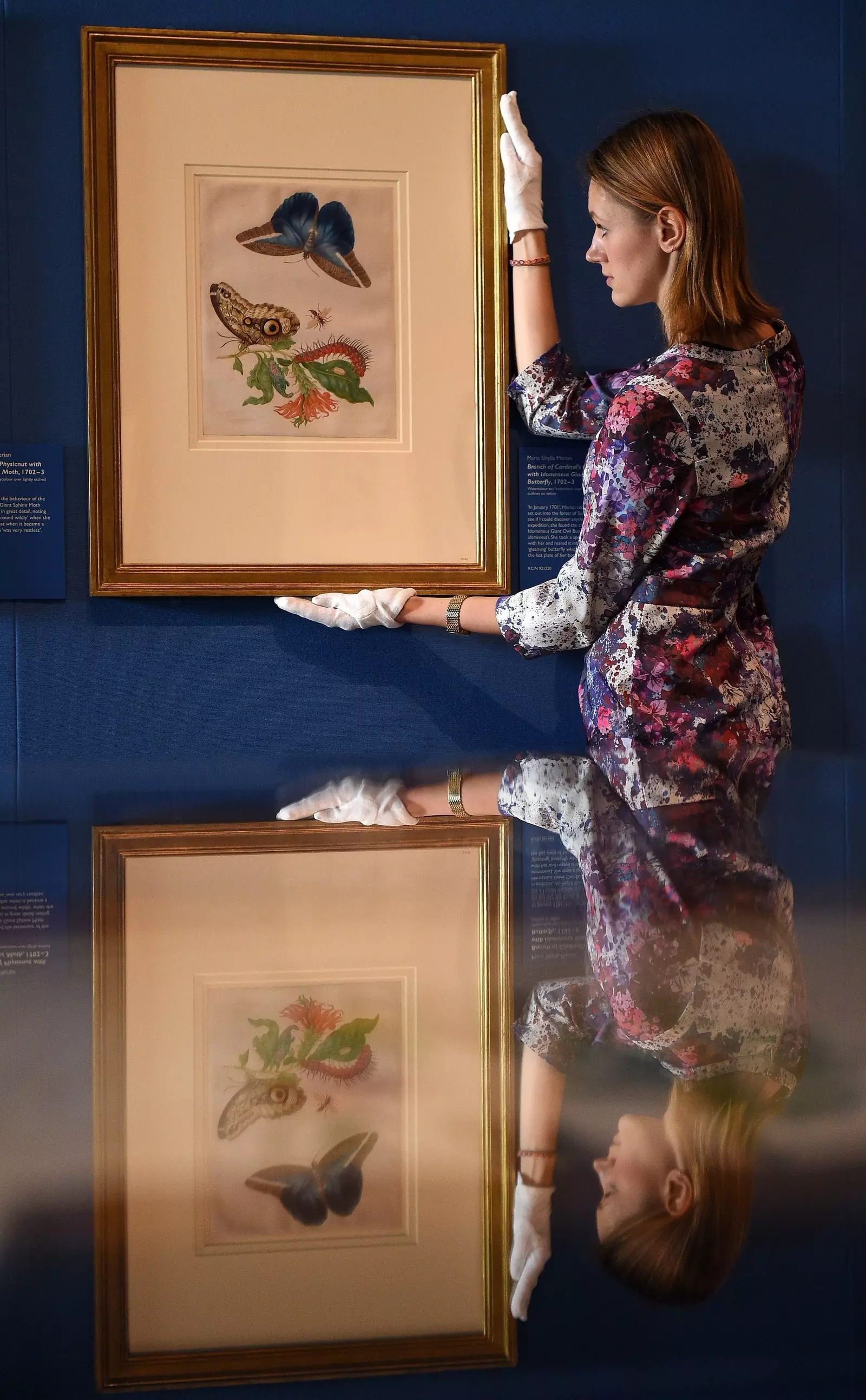
Now, her works are exquisite and highly valued collector's items.
During her career, she described the life cycles of 186 types of insects and, in addition, Maria discovered several new species of insects and plants. Currently, some members of the plant and animal kingdom, such as the lizard Salvator merianae or the butterfly Catasticta sibyllae Lepidoptera from Panama , are named after her in honor of the woman who made art with science. A passion that is summed up perfectly with this phrase of her authorship: “ Art and nature will always be fighting until they finally conquer each other so that victory is the same stroke and line”.
